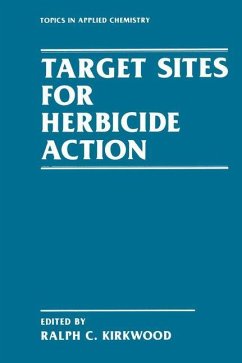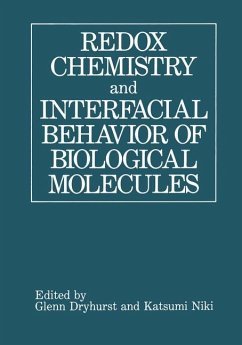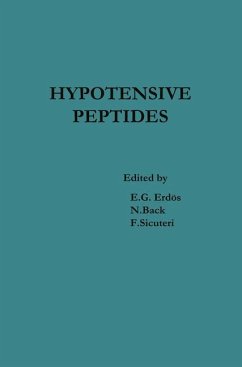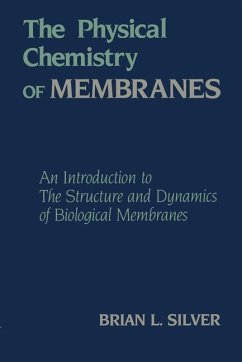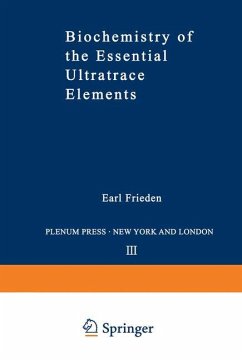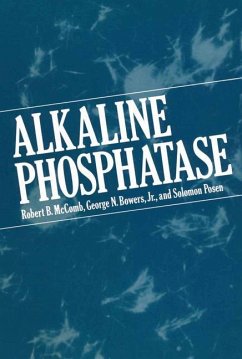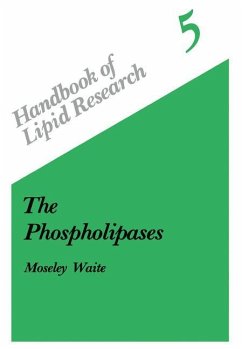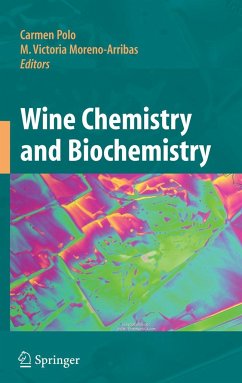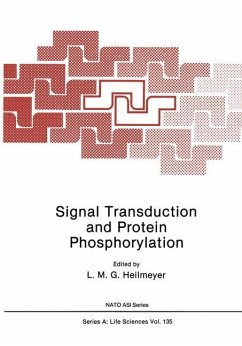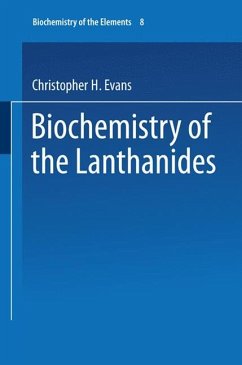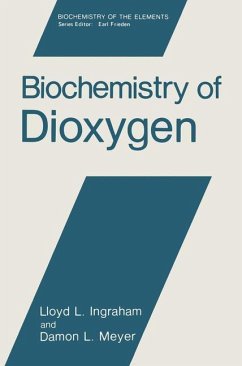
Biochemistry of Dioxygen

PAYBACK Punkte
39 °P sammeln!
This book is written for the research biochemist who needs to know more about the particular field of dioxygen metabolism, whether this be for designing lectures for a graduate level course or for his or her own research needs. We hope researchers in a given area of dioxygen metabolism will gain knowledge of related fields of dioxygen metabolism. We have decided to use the term dioxygen to distinguish molecular oxygen from divalent oxygen in water and organic compounds, dioxygen being a simpler term than molecular oxygen. We do not intend to review the metabolism of all compounds that contain ...
This book is written for the research biochemist who needs to know more about the particular field of dioxygen metabolism, whether this be for designing lectures for a graduate level course or for his or her own research needs. We hope researchers in a given area of dioxygen metabolism will gain knowledge of related fields of dioxygen metabolism. We have decided to use the term dioxygen to distinguish molecular oxygen from divalent oxygen in water and organic compounds, dioxygen being a simpler term than molecular oxygen. We do not intend to review the metabolism of all compounds that contain oxygen, since this would include all of biochemistry. An understanding of dioxygen chemistry is essential to the discussion of the biochemistry of dioxygen. While this statement could be made about any biochemical constituent, the chemistry of dioxygen is so unusual that interpre tations without detailed chemical background are futile. Prediction of dioxygen reaction products by analogy withother oxidants is impossible. The partial reduction products of dioxygen, superoxide ion and peroxides, develop naturally in the chemistry of dioxygen. It would be difficult to discuss dioxygen biochemistry without first discussing these partial reduction products.





